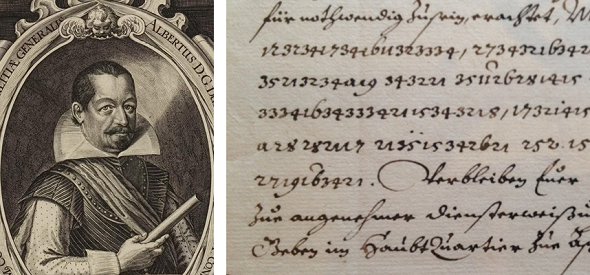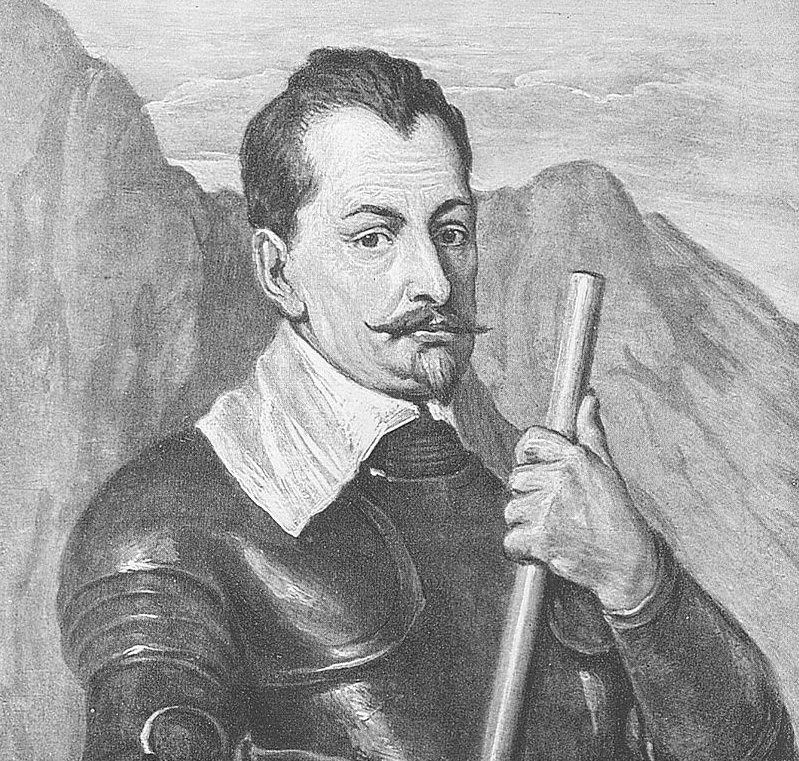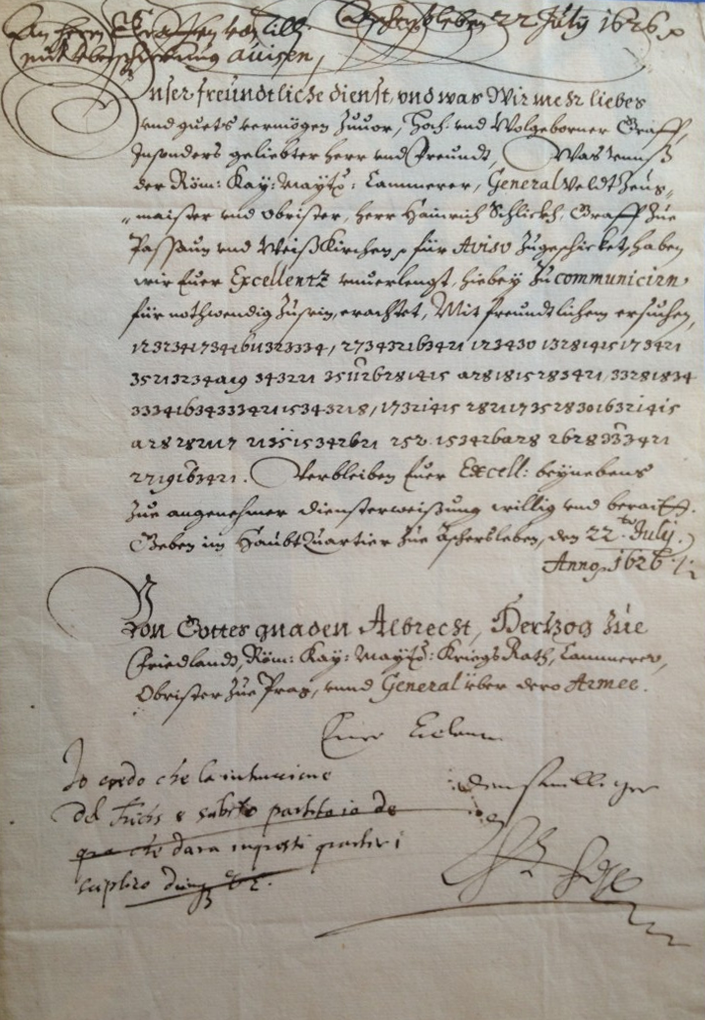Albrecht von Wallenstein is one of the most important military leaders in European history. A partially encrypted letter he wrote in 1616 is still unsolved.
Albrecht von Wallenstein (1583-1634) is a well-known figure in German history. He was a military leader and politician, who offered his services and private army during the Thirty Years’ War to the Holy Roman Emperor Ferdinand II. He became the supreme commander of the armies of the Habsburg Monarchy and a major figure of the Thirty Years’ War.
Most Germans know Albrecht von Wallenstein also as the subject of Friedrich Schiller’s play trilogy Wallenstein.
Wallenstein is not mentioned in the crypto literature I know. As it seems, no crypto historian has so far cared about the way Wallenstein wrote his letters and whether he encrypted them. It therefore came as a surprise to me when I found a report about a partially encrypted letter written by Wallenstein (dated 1616) in an article published on an autograph collectors’ web site. Here’s the letter:
The article was written by some Wolfgang Reitzi, who had purchased this Wallenstein letter at an auction house. When he saw that the middle part of it was encrypted, he tried to decode it, but he wasn’t successful. He contacted a friend, who had a background in military and intelligence, but he couldn’t solve this cryptogram, either.
According to the article, Wallenstein’s encrypted letter (I call it the “Wallenstein Cryptogram”) is still unbroken. The author, Wolfgang Reitzi, even offered a bottle of champagne as an award for a successful codebreaker.
Can a reader make sense of the Wallenstein Cryptogram? It consists mainly of numbers. My suspicion is that the digits should be read as pairs. If this assumption is correct, the cryptogram reads “12 32 39 …”, and we have to deal with an alphabet consisting of two-digit numbers between 11 and 35. In addition, the letter “a” appears a few times. My next guess is that each two-digit number stands for a letter in the alphabet. However, I haven’t found a substitution table yet.
If you know more, don’t hesitate to post a comment.
Follow @KlausSchmeh
Further reading: Nomenclator encryptions: centuries old, but still hard to solve






Kommentare (21)